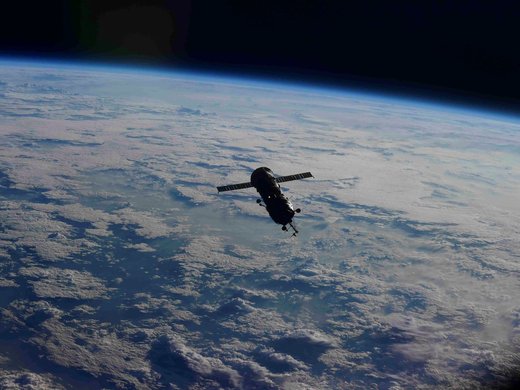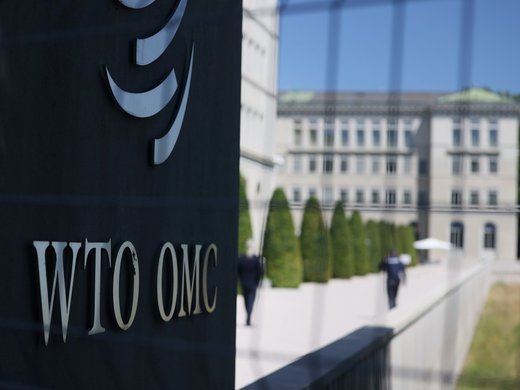The UN’s Paris Agreement is best known as the commitment by nations to reduce greenhouse gas emissions to slow the rise in global temperatures. But less-heralded provisions of the pact go further than that. In an acknowledgment that emissions-reduction alone will not resolve the unfolding climate crisis, a call has been made for the development of carbon sinks to remove gases already in the atmosphere. These less-heralded greenhouse gas removal technologies are essential to achieving the pact’s goal of keeping the global average surface temperature from rising more than the 1.5 degrees Celsius. These steps are also a key to ensuring that India and Canada meet their ambitious climate-action goals without suffering severe socio-economic and climatic harm.


